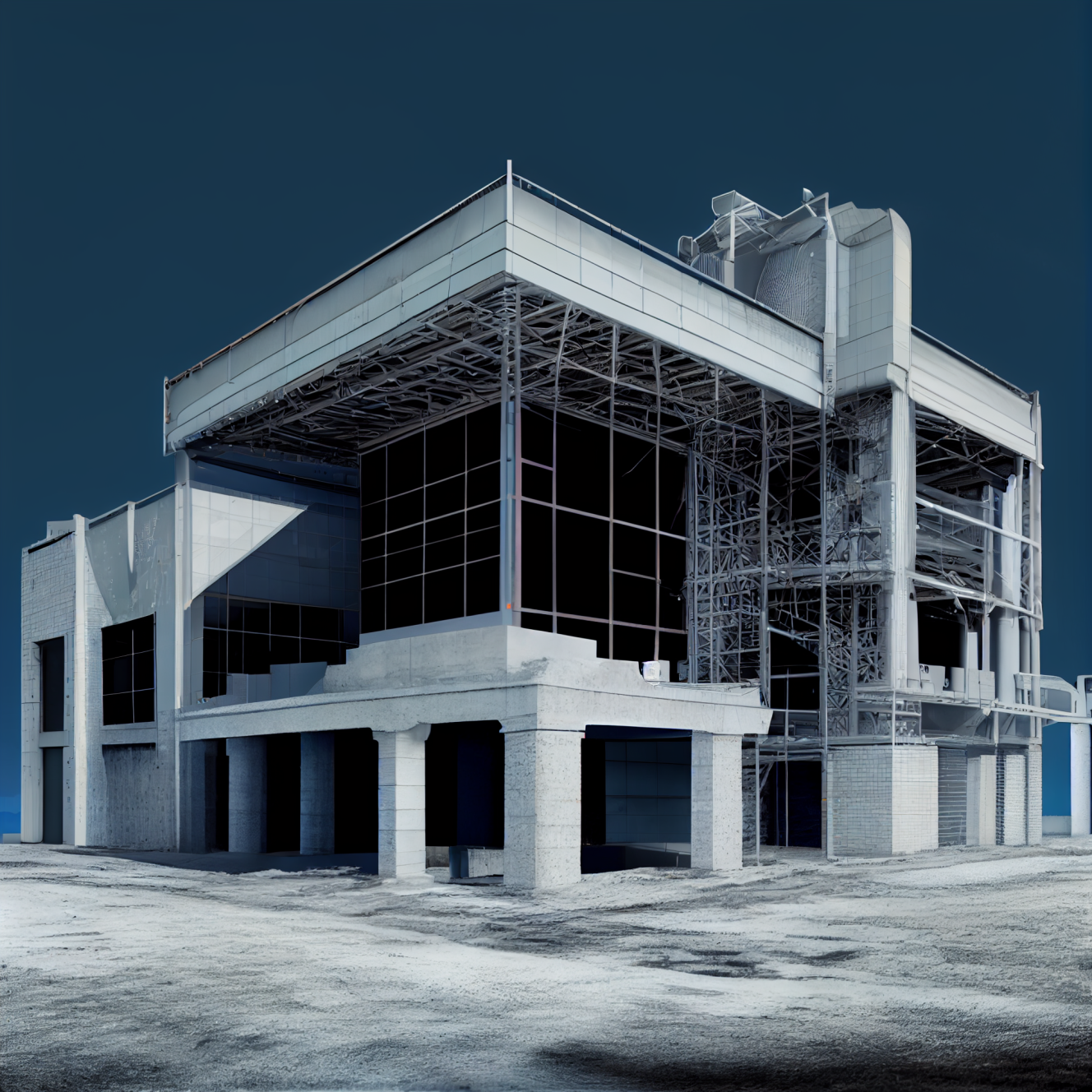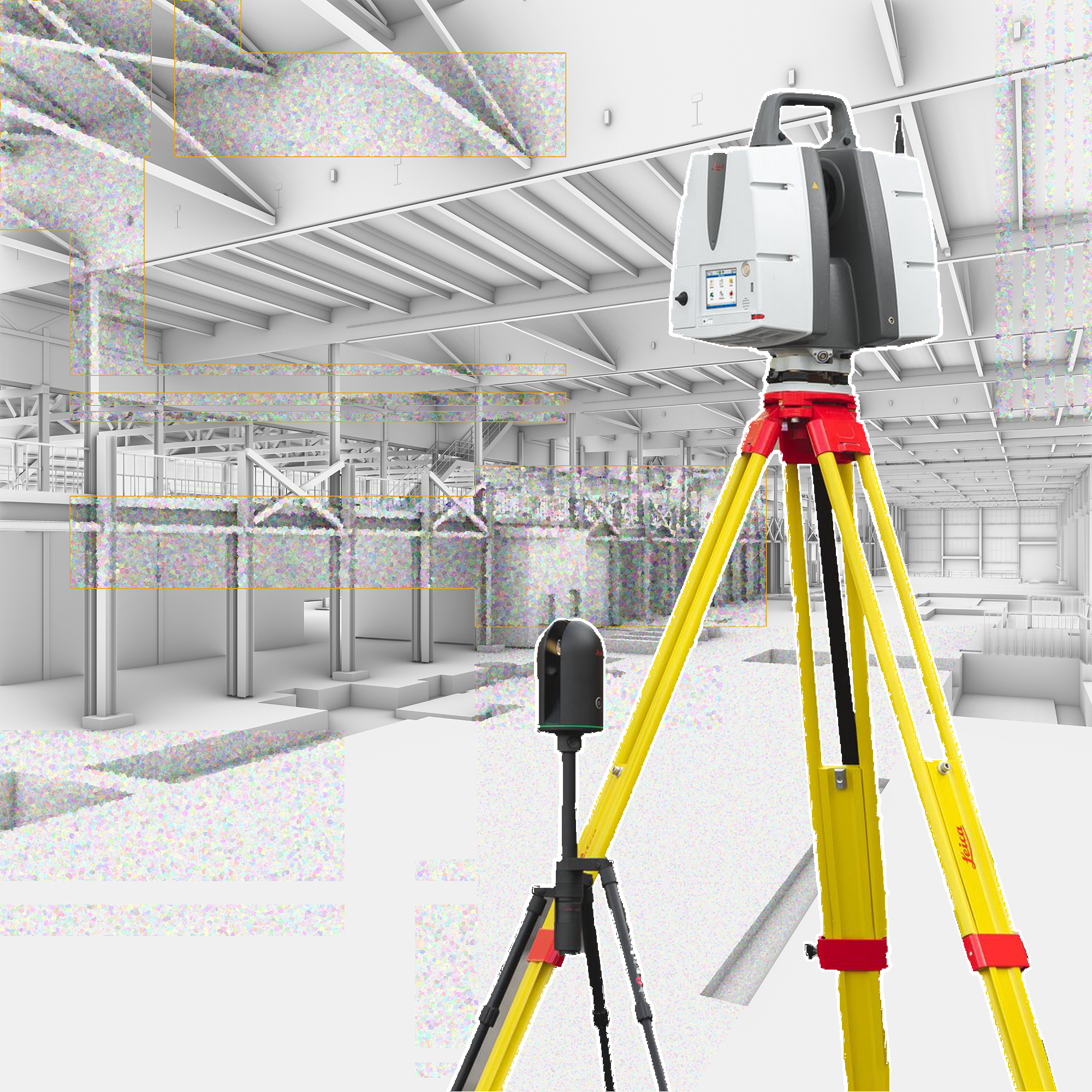
Robotic ImagingApril 21, 2023
As an industry, the AEC community has a lot of catching up to do. The technology exists to transform traditional processes and make them faster and more efficient. But, the design community has been slow to adopt it. This is especially true when it comes to scanning on site and then creating 3D models from those scans. If you've never heard of scan-to-BIM or its benefits, here are some reasons why this process needs to be adopted by the AEC industry:
The AEC Industry Is Growing and It Needs To Be Prepared
The AEC industry is growing faster than the rest of the economy. According to a report by McKinsey & Company, it's expected that by 2022, there will be a shortage of roughly three million workers in architecture and engineering professions. This number is projected to increase by 2025 to six million people if no action is taken now.
The reason for this rapid growth? There are more new buildings and infrastructure being built than ever before—and this trend isn't going away anytime soon. As cities become more congested with traffic, pollution levels rise and urban populations grow at an exponential rate (80% since 1950), we need fresh ideas about how people can live better lives together in increasingly dense urban environments without destroying their natural surroundings or contributing further harm to our planet's fragile ecosystems.
This is where scan-to-BIM comes in. The process of creating a model from a scan is called "scan-to-bim". The term has also been used as "point cloud to BIM", which is essentially the same thing.
The Current Model is Expensive and Time Consuming. Scan-to-BIM Can Help.
Scan-to-BIM is a bit of a complex process. It requires specialized software, skills and training to properly model a scan. The end result of this process can be a high quality 3D model that can be used for many purposes in the AEC industry. When partnering with a scan-to-BIM service provider, it will likely take half the expected time when compared to traditional methods. But for individuals to pursue scan-to-BIM practices independently, it will cost money and time. This is why partnering with a service provider is essential to the success of a project.
Scan to BIM provides direct access to the collected data for users in the project team. Users can view and collaborate on scans, which can be used in BIM models or other applications. There are various types of scans such as point cloud, surface and volume scans. And if these terms are a bit confusing for you, let's discuss some: A point cloud is a collection of points in space. A surface scan is a 3D model of an object's surface. It can be used to create 2D drawings or 3D models from photographs or laser scanning data. A volume scan is a 3D model of an object's interior. This type of scan is useful when you want to see inside something without having to cut it open (e.g., see inside your car engine).
Scan-to-BIM services are becoming more prevalent in the AEC industry as they promise faster delivery, cost savings and better collaboration among project teams. And as mentioned, Scan-to-BIM is a process of scanning all the 2D drawings, photos and other documents related to your project into 3D models using intelligent software. This allows you to visualize your entire project before it's built so everyone on your team can collaborate on changes or upcoming challenges earlier than ever before.
There are Many Benefits to Scan-to-BIM Services
Scan-to-BIM services can help you save time and money. Scan-to-BIM is one of the most cost effective ways to reduce project costs by reducing errors in coordination, design and execution. This means that your team can focus on what's important: designing a building that meets your needs as well as those of your client. Scan-to-BIM services can help you improve collaboration between architects, engineers and contractors.
Scanning documents into BIM allows everyone involved in a project to work together more easily than ever before. It also makes it easier for new people (like subcontractors) to get up to speed with the rest of the team's progress without having access to limited information or being forced into using outdated software tools like AutoCAD or Revit which may not be compatible with newer operating systems (OS).
It's time for the design industry to get caught up. Granted, in today's age scan-to-bim services are becoming more prevalent in the AEC industry. They promise faster delivery, cost savings and better collaboration among project teams. Designing with scans is a great way to get projects done faster because you don't have to spend time redrawing plans or waiting for revisions from contractors before construction can begin. But in the coming years, we hope to promote making the scan-to-BIM process an industry standard.
To conclude, the AEC industry is growing and it needs to be prepared. The current model is expensive and time consuming. Scan-to-BIM provides direct access to the collected data for users in the project team. There are various types of scans such as point cloud, surface and volume scans. It's time for the design industry to get caught up. Now's a good time to ask yourself: are you caught up?

